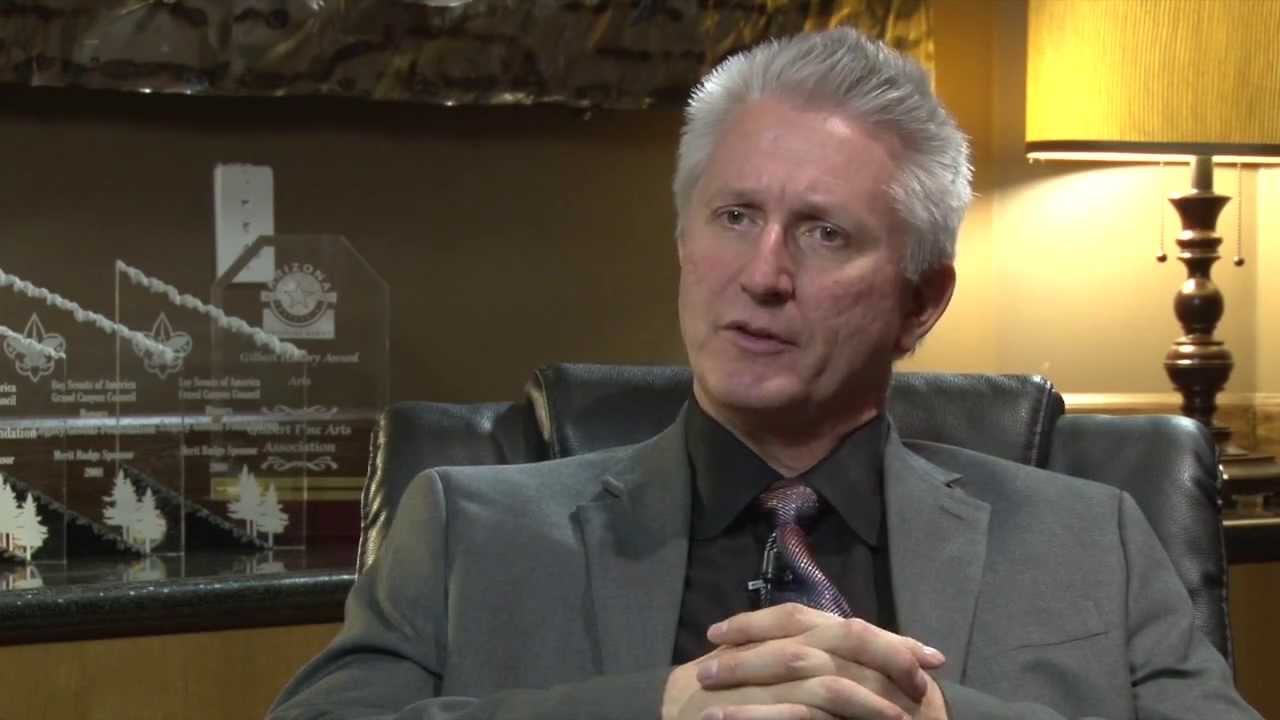By Rick Durfee
#1 — Driving with your eyes shut
–Be Aware of dangers
–Open your eyes.
–Eyes closed makes hitting something more likely, not less
–“It won’t happen to me” mentality
–Risk is math, but is both objective and subjective. Objective is what happens. Subjective is how much it bothers us.
–Odds are, things will happen. Nobody gets through life unscathed.
#2 — Ignoring the basics
–Start at the bottom of the ladder — don’t do exotic stuff until the basics are covered.
— What puts your assets at risk (in order)
–Death
–Taxes
–Divorce
–Car Accidents
–Long Term Care
–Family & Friends
–Business
#3 — Ignoring the ticking time bomb
–The longer your asset protection is in place, the better.
–There is a statute of limitations on these strategies — and it varies. It can be 2 years to as long as 10 years for different issues.
–Last minute asset protection costs more and doesn’t work as well. It is much better to start it early.
–If you wait long enough it doesn’t matter — you’re dead.
#4 — Leaning your ladder on the wrong wall — things you shouldn’t do:
–Personal ownership of anything
–Joint tenancy
–Sole proprietorship
–General partnership
–Third party ownership
–Revocable trust alone (absent other strategies)
–Over-funded retirement
–No retirement fund exit plan
–Government vs private retirement (anything the government sets up they can change i.e. Obama’s plan to confiscate anything over $3,000,000 in anyone’s IRA)
–Post retirement tax deferral (once you’re retired, don’t do that)
–Personally-owned life insurance
–Single generation trusts
–Asset protection trusts
–Gifts that surrender control
#5 — Looking for love in all the wrong places
–Hometown vs… Local advisor for purely local stuff, otherwise a multi-jurisdictional advisor
–Jurisdictional dependent trust (only works when you’re in the state, not moved elsewhere)
–Single state vs multiple jurisdictions
–Failure to register in state (where you’re doing business or have assets)
–Asset protection trust – backfire
–Offshore that should be onshore
–Domestic that should be offshore
–Falling for the sales pitch
–One size fits all structures
–Internal vs external risk
–Frontal assault or a flanking maneuver. A good fence keeps your dog in and other dogs out.
#6 — Bringing the wrong ladder
–Good tool, bad application
–Natural person owners
–Natural person Members
–Single vs multiple Members
–Multiple owners
–Non-Member manager
–No operating agreement
–No membership certificates
–Corporation instead of LLC
–Annual reports
–Annual meetings
–Minutes
–Corporate stock is personal property subject to garnishment
#7 — Operational errors
–Failure to report and pay taxes
–Failure to update and manage change
–No business purpose
–Failure to fund
–Co-mingling
–Failure to keep records
–No annual reports
–Paying capital gains tax
#8 — Self-inflicted wounds — shooting your own foot
–Fraudulent conveyance
–Third Party ownership
–Fraud and crime
–Cussing out the Feds
–Lying, cheating, stealing
–Personal guarantees (gives bank ability to whack you)
–Blaming the solution
#9 — Self insuring
–You are the first line of insurance
–Failing to understand policy exclusions
–Not enough umbrella
–Not enough life insurance
–No long term care
–Captive insurance
–Don’t outlive your money
–“Fire insurance” give to charity (yup, that kind of fire)
#10 — Ignoring collateral risk
–Failure to protect what matters most (values and family)
–Golf buddy risk — failure of others to plan
–Poor buy/sell (underfunded, under documented)
–Gifts that may incapacitate future generations
–Inviting family fights
3 costs involved with this type of protection include:
- Set-up costs: lawyers, asset protection structures
- Maintenance costs: lawyers, etc
- Complexity in your life. You have to pay attention

